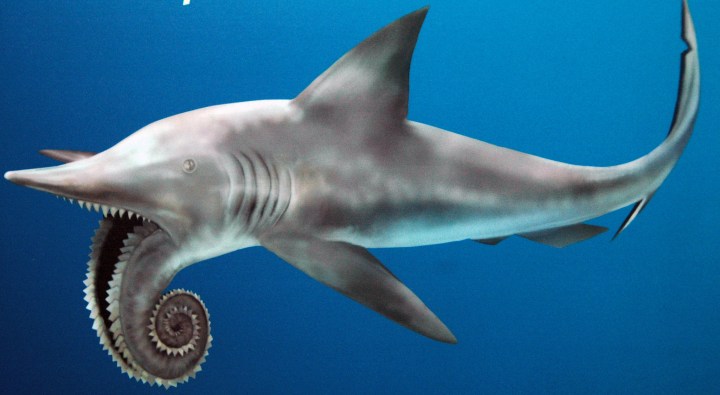This Freaky Discovery In Alaska Is The Stuff Of Nightmares
In 1986, a young geology student named Richard Glenn made a discovery a strange looking fossil in a chunk of rock near Atigun Gorge. The fossil was sent to the Smithsonian Institute where it was identified as the teeth whorl of a Helicoprion, an extinct predatory fish that is estimated to have lived about 280 million years ago. The jaw bone of the creature resembles a circular chop saw, giving the creature it’s common name: the Buzz Saw Shark!
Although the Helicoprion is not a descendant of the modern day shark, nor do current theories support the jaw bone spinning like a buzz saw, this enormous, ancient fish is still fascinating. And for some reason, one was wandering around in the farthest reaches of Alaska.







Here is a scholarly article in Biology Letters about the Helicoprion.
You may be interested in This Eerie Beach In Alaska Looks Like A Dragon’s Lair and Most People Don’t Know The Spooky Secret Of This Ancient Lake In Alaska.
What do you know about the Buzz Saw Shark? Tell us about it in the comments below.
OnlyInYourState may earn compensation through affiliate links in this article. As an Amazon Associate, we earn from qualifying purchases.




